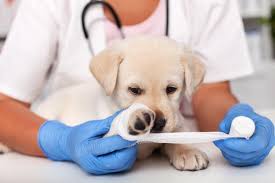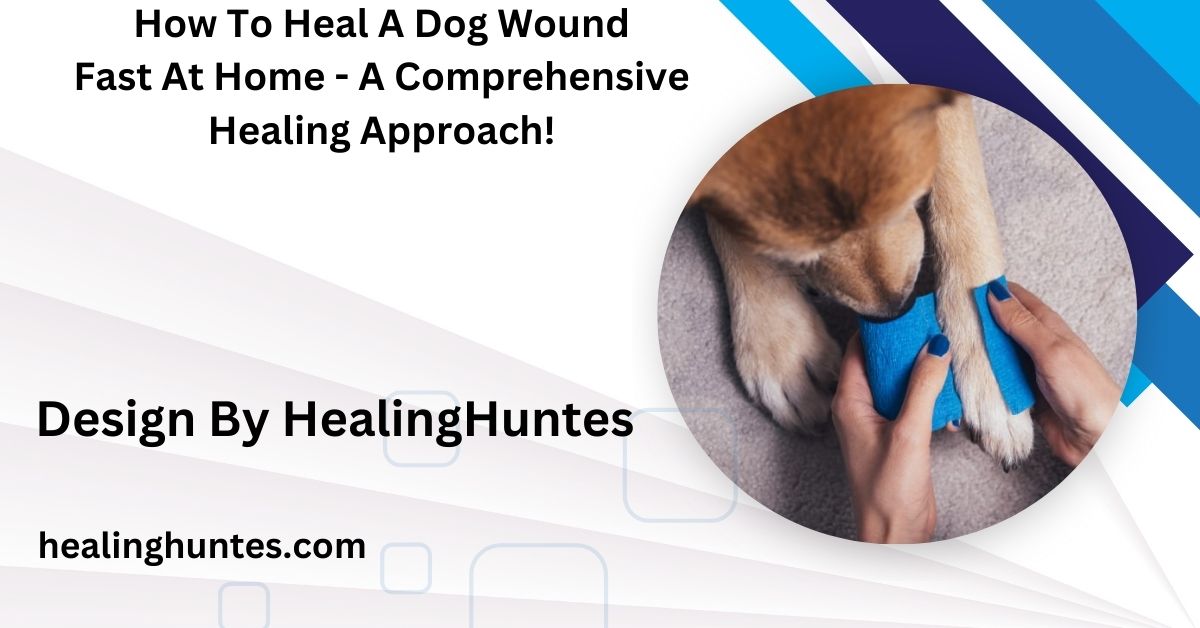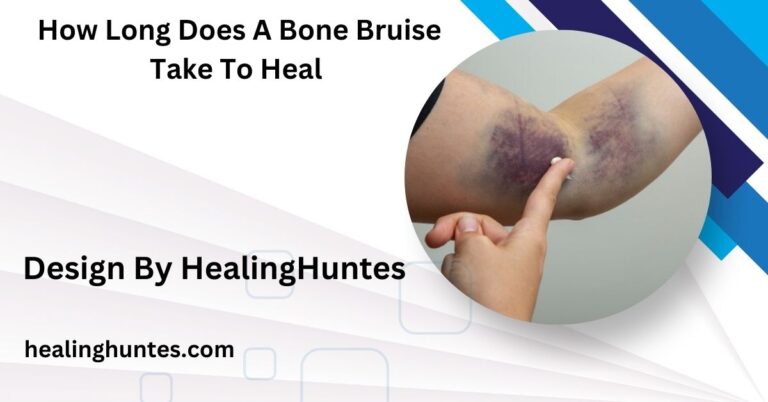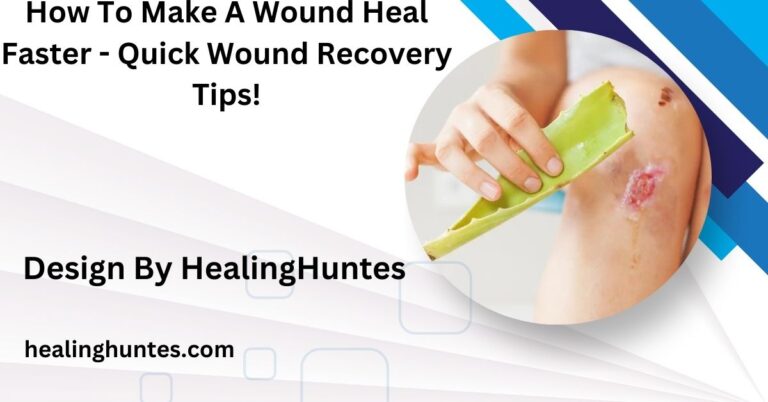How To Heal A Dog Wound Fast At Home – A Comprehensive Healing Approach!
To heal a dog wound fast at home, clean the wound thoroughly, apply antibiotic ointment, and bandage it while monitoring for signs of infection.
This guide offers practical steps for effectively treating dog wounds, ensuring your pet recovers quickly and safely.
Understanding Dog Wounds:

Dog wounds can vary significantly in severity, from superficial scratches to deep lacerations. Common causes of wounds include fights with other animals, rough play, or accidents with sharp objects. Understanding the type of wound is essential for appropriate treatment. A simple scrape may require basic cleaning and bandaging, while a deeper wound could necessitate veterinary attention.
Types of Dog Wounds:
- Lacerations: These are deep cuts that can affect the skin and underlying tissues. Lacerations often require professional care, especially if they are large or gaping.
- Abrasions: Superficial wounds caused by scraping against a rough surface. Abrasions usually heal well at home with proper care.
- Puncture Wounds: These occur when a sharp object penetrates the skin, which can lead to infection. Puncture wounds require careful monitoring to ensure they do not become infected.
- Burns and Hot Spots: Burns from hot surfaces or chemicals can cause severe damage to the skin, while hot spots are inflamed areas that can develop from licking or scratching.
Also Read: Full Teeth Extraction How Long To Heal – Tips And Timeline!
Initial Assessment of the Wound:
Before treating your dog’s wound, it’s essential to assess its severity. Look for signs of bleeding, swelling, or infection, such as redness, warmth, and discharge. If the wound is deep, continues to bleed, or shows signs of infection, seek veterinary assistance immediately. For minor wounds, you can proceed with home care.
Preparing for Treatment:
Gather all necessary supplies before starting the treatment process. You will need:
- Mild antiseptic solution (like saline or hydrogen peroxide)
- Clean gauze pads or sterile cloths
- Non-stick bandages
- Medical tape or adhesive
- Antibiotic ointment (vet-approved)
- Tweezers (for removing debris)
- Scissors (for cutting bandages)
Having everything ready ensures a smooth and efficient treatment process, minimizing your dog’s stress and discomfort.
Cleaning the Wound:

The first step in wound care is thorough cleaning. Gently wash your hands before handling the wound to prevent introducing bacteria. Use a mild antiseptic solution or saline to clean the affected area, removing any dirt or debris. Avoid using alcohol or hydrogen peroxide directly on the wound, as these can irritate the tissue and delay healing.Gently pat the area dry with a clean cloth or gauze pad. If you notice any foreign objects embedded in the wound, such as splinters or grass, use tweezers to carefully remove them.
Applying Antibiotic Ointment:
After cleaning the wound, apply a thin layer of veterinarian-approved antibiotic ointment. This ointment helps to prevent infection and promotes faster healing. Use your finger or a clean cotton swab to apply the ointment evenly over the affected area. Avoid using too much, as it can create a barrier that traps moisture and bacteria.
Bandaging the Wound:
If the wound requires protection, carefully bandage it. Use a clean gauze pad to cover the wound, ensuring it’s secure but not too tight, as this could restrict blood flow. If necessary, use medical tape or adhesive to hold the gauze in place.Check the bandage regularly for signs of moisture or irritation, and change it at least once daily or more frequently if it becomes soiled.
Also Read: Can Healing Fix Broken Bones Dnd – Healing Rules Explained!
Monitoring the Healing Process:
It’s essential to monitor the wound closely during the healing process. Check for signs of infection, including increased redness, swelling, or discharge. If you notice any unusual changes, such as your dog excessively licking or chewing the area, it may require additional attention.Keep an eye on your dog’s behavior. If they appear to be in pain, show signs of discomfort, or have a decreased appetite, consult your veterinarian for further advice.
Managing Pain and Discomfort:
If your dog appears to be in pain after sustaining a wound, managing their discomfort is essential for a speedy recovery. Consult your veterinarian for recommendations on appropriate pain relief medications. Never give your dog over-the-counter pain medications meant for humans, as they can be harmful.In addition to medication, providing a comfortable and quiet space for your dog to rest can help alleviate discomfort.
Nutrition and Hydration for Optimal Healing:

Proper nutrition and hydration play a vital role in your dog’s recovery process. A balanced diet rich in vitamins and minerals can enhance the healing process. Ensure your dog receives high-quality food that includes protein, as it is crucial for tissue repair and recovery.Hydration is equally important. Make sure your dog has access to fresh, clean water at all times. Dehydration can hinder the healing process and impact your dog’s overall health.
Preventing Future Wounds:
Preventing future wounds is crucial for maintaining your dog’s health and well-being. Regularly inspect your dog’s environment for potential hazards, such as sharp objects or rough surfaces that could cause injuries. Keeping your yard and living spaces clean and free of debris can reduce the risk of accidents. Additionally, regular grooming helps to keep your dog’s skin and coat healthy. Check for any signs of skin irritation or infections, as early detection can prevent more significant issues down the road.
Also Read: How To Heal Dog Prolapse At Home – Dog Prolapse Diet Tips
When to Seek Veterinary Care:
While many minor wounds can be treated at home, it’s important to know when to seek professional help. If your dog experiences severe bleeding that doesn’t stop within a few minutes, or if the wound is deep and exposes underlying tissues, immediate veterinary attention is necessary.Other signs that warrant a visit to the vet include persistent swelling, discharge with an unpleasant odor, or if your dog shows signs of significant pain or distress.
FAQ’s
1. How can I tell if my dog’s wound is infected?
Signs of infection include increased redness, swelling, warmth, pus, or a foul odor.
2. Is it safe to use human antiseptics on my dog?
Avoid using human antiseptics like alcohol or hydrogen peroxide, as they can irritate the wound.
3. How often should I change my dog’s bandage?
Change the bandage at least once daily or sooner if it becomes soiled or wet.
4. Can I give my dog over-the-counter pain medication?
No, never give human pain medication without consulting your veterinarian, as it can be dangerous.
5. What should I do if my dog keeps licking the wound?
Consider using an Elizabethan collar (cone) to prevent licking and protect the wound during the healing process.
Conclusion
Healing a dog wound fast at home requires diligence, proper care, and attention to detail. By following the steps outlined in this guide, you can effectively manage minor wounds and ensure your furry friend recovers quickly and comfortably. Always prioritize your dog’s well-being and consult a veterinarian if you have any concerns about their injury or healing process. With the right approach, your dog can be back to their playful self in no time.






